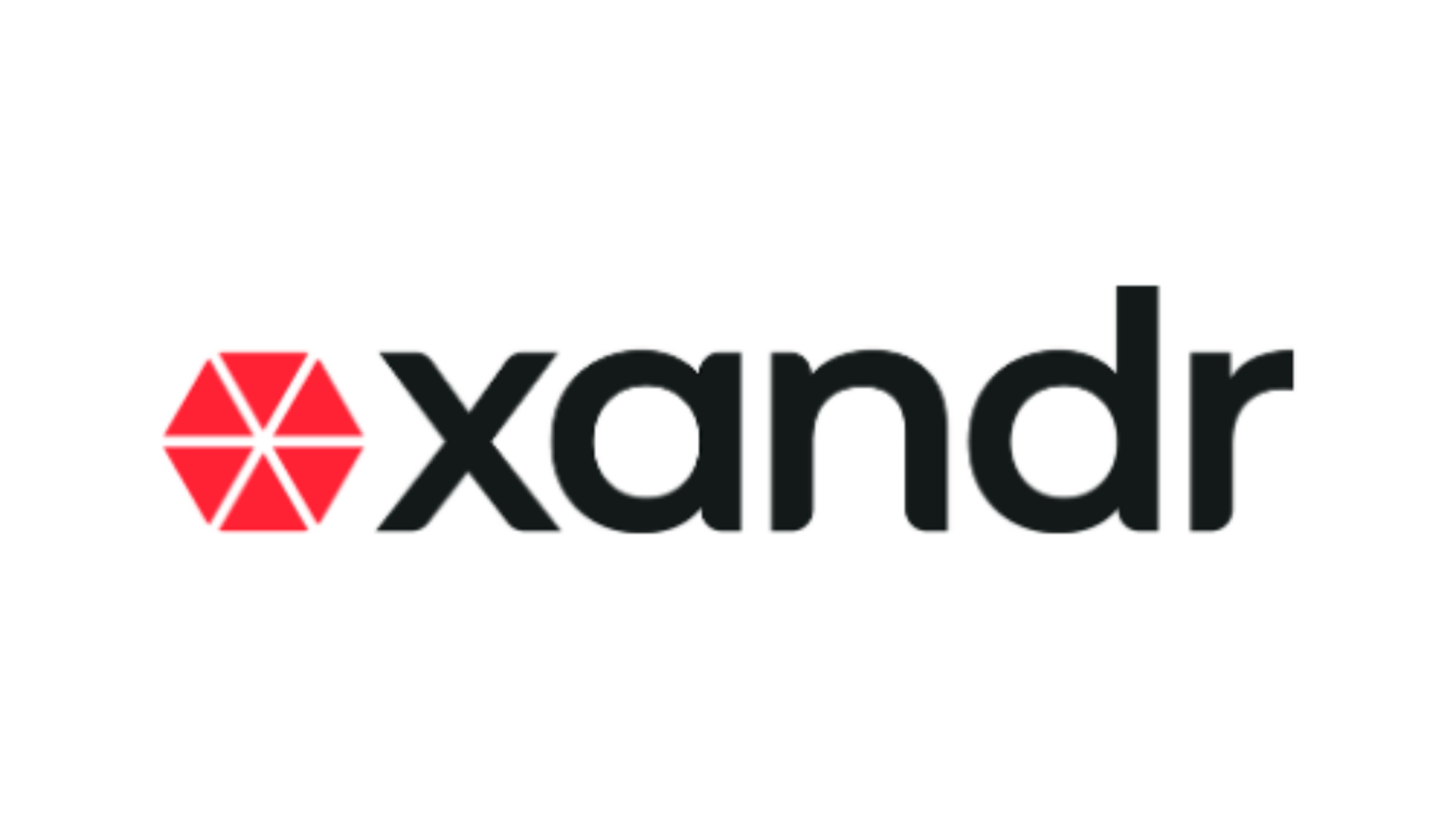
Technology and transparency, the key to advertisers’ trust
Published: 27 May 2020
Author:
Steve Palin
Trust is critical to a healthy digital ecosystem, and transparency and control underlie trust. Media buyers and marketers, under pressure both to justify advertising spend and maintain brand safety during a global crisis, are insisting on more visibility than ever over the path of their media spend and the content on which their ads are placed.
This is where choosing the right technology solution can solve some challengers. Platforms that provide a clearer understanding of how budget is spent allow advertisers to make informed decisions about bidding strategies or optimal paths to supply and ultimately drive better return on advertising spend.
Ad tech companies who have direct relationships with both the buyers and sellers are well positioned to provide great transparency, as the connections offer greater opportunities to share learnings and provide an end-to-end view of the supply chain.
The major platforms should be encouraging transparency
One way the industry can encourage transparency is by offering visibility into technology fees. For example, at the end of last year Xandr announced that its agreements with many direct publishers in its marketplace facilitated one of the programmatic advertising industry’s first fee-transparent supply-side platforms (SSP). Now representing 66% of transactions on direct sellers in the UK, buyers in our marketplace have an unprecedented level of visibility into technology fees.
We’ve seen some peers follow suit, however if the entire industry joined us in exposing technology fees marketers and agencies would have the ability to better monitor and make informed decisions about their media spend.
Brand Safety is key to advertisers’ trust
Like so many parts of our lives, COVID-19 has affected UK advertising, and advertisers are exercising a great deal of caution. However, their spend is a critical revenue stream for trusted news organisations, and with so many people now at home, more content is being consumed than ever. To build trust for advertisers at this time, platforms can offer sophisticated brand-safety tools that give advertisers confidence to continue reach key audiences alongside content of positive or neutral sentiment.
Xandr recently partnered with Reach plc and IBM on their Mantis tool, which filters content for positive/neutral/negative sentiment and packages up positive and neutral content for purchase on our platform. Through the tool, advertising can be directed to appear only alongside positive and neutral news stories, including those related to the Coronavirus. These include informative stories about homeschooling, cooking tips, how to stay fit at home or celebrating frontline workers such as those in the NHS.
As advertisers look to the future
The advertising space is rapidly evolving and expanding as the number of platforms and devices used for consumption increases, and new providers continue to emerge.
As we look to the future, it’s clear that advertisers need to consider the convergence of TV and digital media strategies. We’re already seeing a need to better power advertising experiences across screens for consumers, and the future of the industry lies in its ability to easily enable cross-screen connections with valuable audiences, regardless of how they engage with content.
Increased visibility into the digital advertising supply chain benefits the entire industry by increasing trust in the ecosystem and eventually increasing the shift from traditional media buys to programmatic.
Collaboration across the industry
For the industry to reap all the potential benefits of transparency, cross-industry efforts are vital. At Xandr, we partnered with the IAB to develop a guide to transparency in the programmatic supply chain. One of the aims of this project was to demystify the process, so that everyone involved understands where value is being added and the business effects of different parts of the supply chain.
While it’s positive to see the trend towards increased transparency, it’s clear continued and deepening collaboration – with an initial focus on awareness-raising – is required. We will continue to work with stakeholders across the industry to ensure we understand and can meet the changing needs of clients and partners, in the most transparent way possible.
Categories: Member News